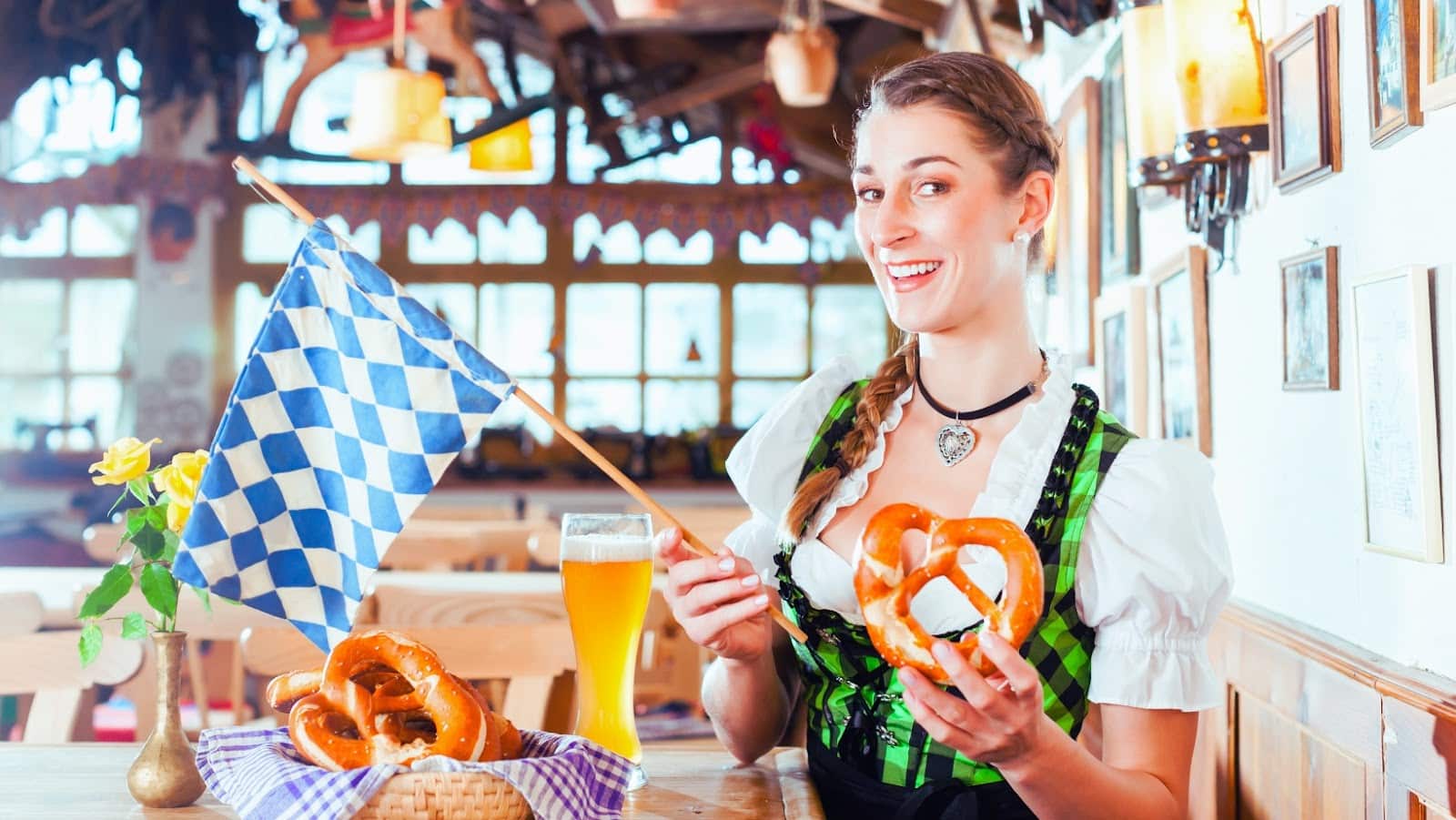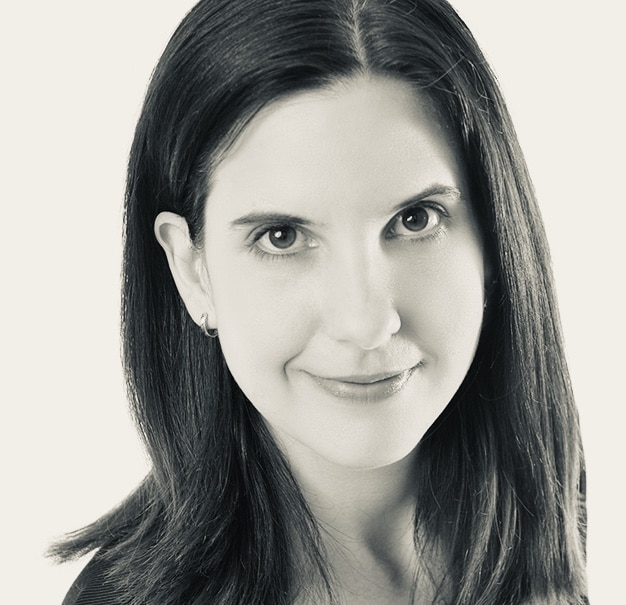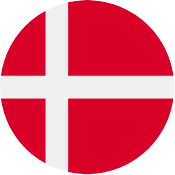
German Dialects Explored
In our quest to master a new language, we often encounter an intriguing landscape of accents and dialects. This holds true for the German language, a fascinating tapestry of regional nuances and cultural intricacies. If you’ve been learning Standard German (Standarddeutsch), you’ve been exposed to a commonly understood version, yet it’s only part of the picture.
As we dispel the myth that each German city houses an incomprehensible dialect, we’ll discover the linguistic mosaic of German expressions and learn to appreciate the full spectrum these regional variations offer. At the end of the day, it’s not about correct or incorrect pronunciation and word choice but about cultural richness. So, let’s take a look at some of the most noteworthy dialects around the German-speaking world.
The importance of dialects in German language learning
The famous advertising slogan of Baden-Württemberg, one of the sixteen German states, says it all: “Wir können alles. Außer Hochdeutsch.” (We can do anything. Except speak German.) It’s a humorous take on the fact that, despite the South-Western region’s intellectual, economic, and cultural significance, many locals speak anything but Standard German, with Alemannic, Swabian, and Baden dialects being the dominant vernaculars.
According to a study by Ekaterina Konevaa and Svetlana Gurala, German dialects are crucial in preserving the cultural identity of German people amidst constant external influence, particularly from English. These dialects remain unchanged while Standard German evolves into an increasingly Americanized form. From this perspective, speaking dialects and preserving local traditions helps individuals feel connected to their roots.
Discovering these regional nuances, therefore, not only enhances our understanding of modern German society but also unveils a deeper layer of cultural appreciation crucial for true language mastery.
Beyond Hochdeutsch: Expanding your German language skills
Although the Standard German you’re learning is all you need to communicate effectively, venturing beyond the conventional can open up a whole new world of creative expression. For instance, exploring the diversity of German dialects can:
- Deepen your understanding of German culture and history
- Improve your overall comprehension and linguistic flexibility
- Enrich your experiences when travelling across German-speaking regions
- Enable more genuine interactions with native German speakers.
But what are the most noteworthy German dialects, and how do they differ from High German (Hochdeutsch)?
Diving into the depth of German: High, low, and everything in between
Two main dialects – High German and Low German – divide the language into Southern and Northern varieties, with sub-dialects in between. Here’s what you need to know about these two main groups as a language learner:
High German: The “proper” German language?
High German is the quintessential dialect of Germany. Originating from the southern highlands, this dialect has become the standard across the country and even in parts of Northern Germany. It’s used in formal contexts, taught in schools, and dominates in media and news broadcasts. Yet, you might catch distinct regional flavours in conversation.
Low German: A Northern German vernacular language
The “low” in Low German (Plattdeutsch, Niederdeutsch), predominantly spoken in Northern Germany, might cause some confusion. Crucially, “low” does not denote an inferior status or geographical location but signifies certain linguistic traits. This vernacular has its roots in Proto-Germanic, the ancient ancestor of Germanic languages, including English. Proto-Germanic was the original language from which these languages evolved. Therefore, Low German preserves aspects of this linguistic heritage, including elements common with English, simplifying comprehension for English speakers.
Curious to hear Plattdeutsch in action? Here is an example with some more explanations.
Regional twists: Exploring unique German dialects
Apart from High German and Low German, a beautiful array of regional dialects or regiolects add spice to the German language. Now, let’s zero in on two intriguing examples – a dialect unique to a specific federal state and another synonymous with a city: Bavarian German and Berlin German.
Sign up for our offers
Exclusive discounts on your course with Cactus directly on your inbox!
Bavarian German: A culturally distinct version of German
In Bavaria, nestled in Southeastern Germany, a distinctive dialect called Bayerisch adds a melodic twist to German. While sharing its written form with Hochdeutsch, Bayerisch sings with pronounced vowel differences. For example, Wasser (water) becomes Wosser, whereas Blume (flower) becomes Bluime. Standard German is often referred to as Schriftdeutsch (written German) here, as most conversations hum with the charming intonation of the Bavarian tongue.
Never heard anyone speak Bavarian before? Here’s an example of what this dialect sounds like.
The Berlin metrolect: Echoes of the capital’s soul
Berlinerisch, the enthralling dialect of Germany’s capital, Berlin, captures the city’s tale in its distinctive inflexions. Its unique features, like pronouncing ich as ick and hard “g” as “j”, enrich the German language. Yet, this local dialect faces threats due to modernization, Standarddeutsch‘s media dominance, and a shrinking population of lifelong Berliners. The dialect might be fading, but its echoes still resonate in the city’s soul, preserving a slice of Berlin’s history. Even as Berlin transforms into a global hub, its dialect reminds us of the city’s vibrant past.
If you want to get a taste of the Berlin dialect, check out this short video.
Austrian German: A vocabulary voyage beyond borders
Bavarian and Austrian German are closely related dialects, each presenting charming nuances that add depth to the German language. Austrian German, or Österreichisches Deutsch, enjoys high prestige in Austria, being the standard for formal communication. While written forms closely resemble German Standard German, the spoken form reveals unique vocabulary and pronunciations. For instance, Servus is a common informal greeting in Austrian German, as well as in Bavarian German and other parts of Central and Eastern Europe. It can be used to say both hello and goodbye, whereas, in Germany, the equivalent would be Hallo” and Tschüss.
Want to learn more about these variations? This video explains the key differences between Austrian and “German German”.
Swiss German Dialect: More than just another German dialect
In contrast to the regional varieties of Bavarian, Alemanic, Swabian, etc., Swiss German, also known as Schwiizerdütsch, is a distinct language with its own orthography, grammar, and vocabulary, heavily influenced by France and Italy. Take, for example, Grüezi, a typical Swiss German greeting which is quite a departure from the German Guten Tag, or the term Chuchichästli, meaning kitchen cabinet, a real tongue twister for non-natives. Uniquely, Swiss Germans tend to use their dialect in everyday situations, switching to Schriftdeutsch mostly for written communication. This linguistic dance makes Swiss German a fascinating study.
For an earful of its melodic charm, check out this sound example.
Expand your German language learning horizons with Cactus
Embarking on the path to learning German dialects immerses you in a fascinatingly diverse culture. These dialects bring German to life, infusing everyday conversations with regional nuances. They are individual threads weaving together to create the vibrant fabric of the German language.
Cactus offers you a unique opportunity to explore the kaleidoscopic landscape of the German language. Our experienced teachers employ a proven learning methodology to steadily enhance your proficiency in all aspects of the language: grammar, writing, speaking, and listening comprehension. Ready to unravel the captivating intricacies of German expression? Discover our extensive collection of German courses, available online as well as in-person in Manchester, London and Brighton, and join the Cactus community today!
Ready to Start Learning?
About the Author

Dr. Anneke Schmidt is the founder of Skill & Care Content Solutions. She is an experienced content writer, editor, and educator with a demonstrated history of working in the research industry. Her main specialisms are Social Sciences and Education, with a particular focus on e-learning and professional development.

 French
French German
German Italian
Italian Spanish
Spanish Arabic
Arabic Cantonese
Cantonese Czech
Czech Croatian
Croatian Danish
Danish Dutch
Dutch English
English Greek
Greek Hebrew
Hebrew Hindi
Hindi Japanese
Japanese Korean
Korean Norwegian
Norwegian Polish
Polish Portuguese
Portuguese Russian
Russian Swedish
Swedish Thai
Thai Turkish
Turkish Ukrainian
Ukrainian